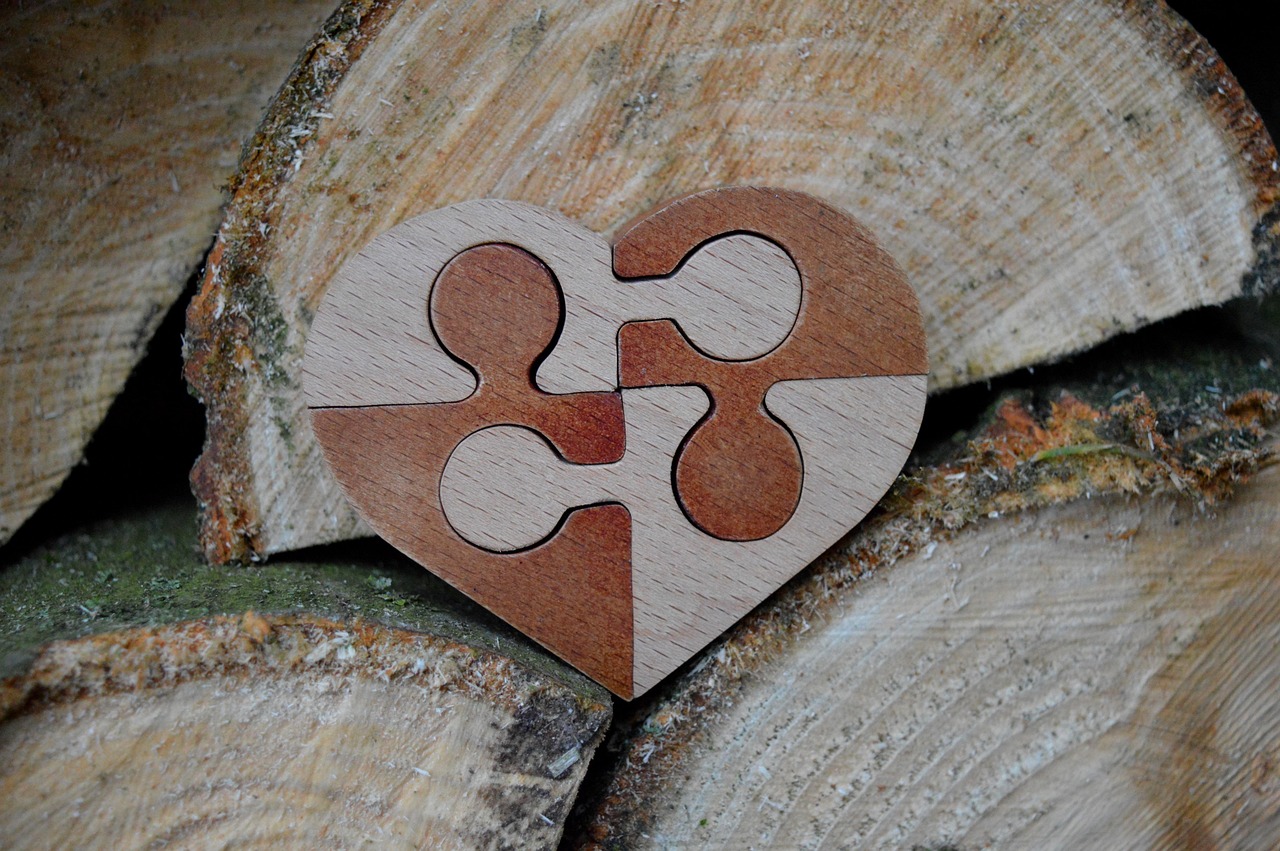
Heart Surgery – A Patient’s Perspective
Testimony of a Patient Who Underwent Coronary Bypass Surgery: From the Diagnosis to Recovery and a Return to Normal Life

Testimony of a Patient Who Underwent Coronary Bypass Surgery: From the Diagnosis to Recovery and a Return to Normal Life

After a heart attack, angioplasty, or heart surgery, it’s normal to experience intense emotions such as sadness, fear, or anxiety — but if these difficulties persist, it’s important to seek psychological support. Asking for help is not a sign of weakness; it’s a vital step toward healing and preventing complications like post-heart attack depression.

Emotional challenges are common after a heart attack. This article offers simple, compassionate guidance to help adjust, regain balance, and care for both mental and physical health.

Sudden cardiac death strikes without warning, often in people with no prior symptoms. In most cases, it occurs outside a hospital and leads to death within minutes if no rapid intervention is provided.

Psychological reactions after a heart attack are common but often misunderstood. Understanding these emotions can help regain emotional balance and support recovery.

Often less well-known than cholesterolCholesterol is essential for the proper functioning of the human body, but it can also have harmful effects if present in excess. >>, triglycerides are another type of fat found in the bloodBlood is composed of red blood cells, white blood cells, platelets, and plasma. Red blood cells are responsible for transporting oxygen and carbon dioxide. White blood cells make up our immune defense system. Platelets contribute to blood. When too high, they may play a role in heart disease. Learn how they work, how they might affect your arteries, and what can be done to keep them under control.

Following a heart attack, it is common to experience anxiety, fear, or even symptoms of depression. Understanding these emotional reactions after a myocardial infarction can help ease the recovery process. Stress, loss of confidence, and comparisons with others may all influence healing. Learning to recognize these signs makes it easier to adopt helpful strategies and regain balance.

Coronary arteryThe two coronary arteries, the right and the left, form the blood network that supplies the heart with oxygen and nutrients. They are located directly on the surface of the heart and branch into smaller vessels that bypass surgery aims to reroute bloodBlood is composed of red blood cells, white blood cells, platelets, and plasma. Red blood cells are responsible for transporting oxygen and carbon dioxide. White blood cells make up our immune defense system. Platelets contribute to blood around blocked heart arteries caused by atherosclerotic plaques—fatty deposits that slow down or block bloodBlood is composed of red blood cells, white blood cells, platelets, and plasma. Red blood cells are responsible for transporting oxygen and carbon dioxide. White blood cells make up our immune defense system. Platelets contribute to blood flow.
Much like a road bridge that allows vehicles to cross a river or obstacle, this procedure creates new pathways so that oxygen-rich bloodBlood is composed of red blood cells, white blood cells, platelets, and plasma. Red blood cells are responsible for transporting oxygen and carbon dioxide. White blood cells make up our immune defense system. Platelets contribute to blood can continue to nourish the heart muscle, despite existing blockages.

In the medical field, particularly in cardiology, an increase in emergency room visits is often observed following a snowstorm. Shoveling is frequently identified as the main trigger for these cardiac events. But is this merely a myth, or is it a well-documented medical reality?

A common and perfectly legitimate question after a coronary arteryThe two coronary arteries, the right and the left, form the blood network that supplies the heart with oxygen and nutrients. They are located directly on the surface of the heart and branch into smaller vessels that dilation procedure is: “How long will it last?”
In answering this question, the term “restenosis” is likely to come up, often raising additional questions.
This site is intended to provide information and make cardiology comprehensible for all patients; it is not a substitute for a doctor. It does, however, enable a better understanding of how the heart works, the many heart diseases that exist, the tests required to reach a diagnosis, and the drugs and other methods used to treat them.
Where the masculine is used herein, it shall be all-gender inclusive.